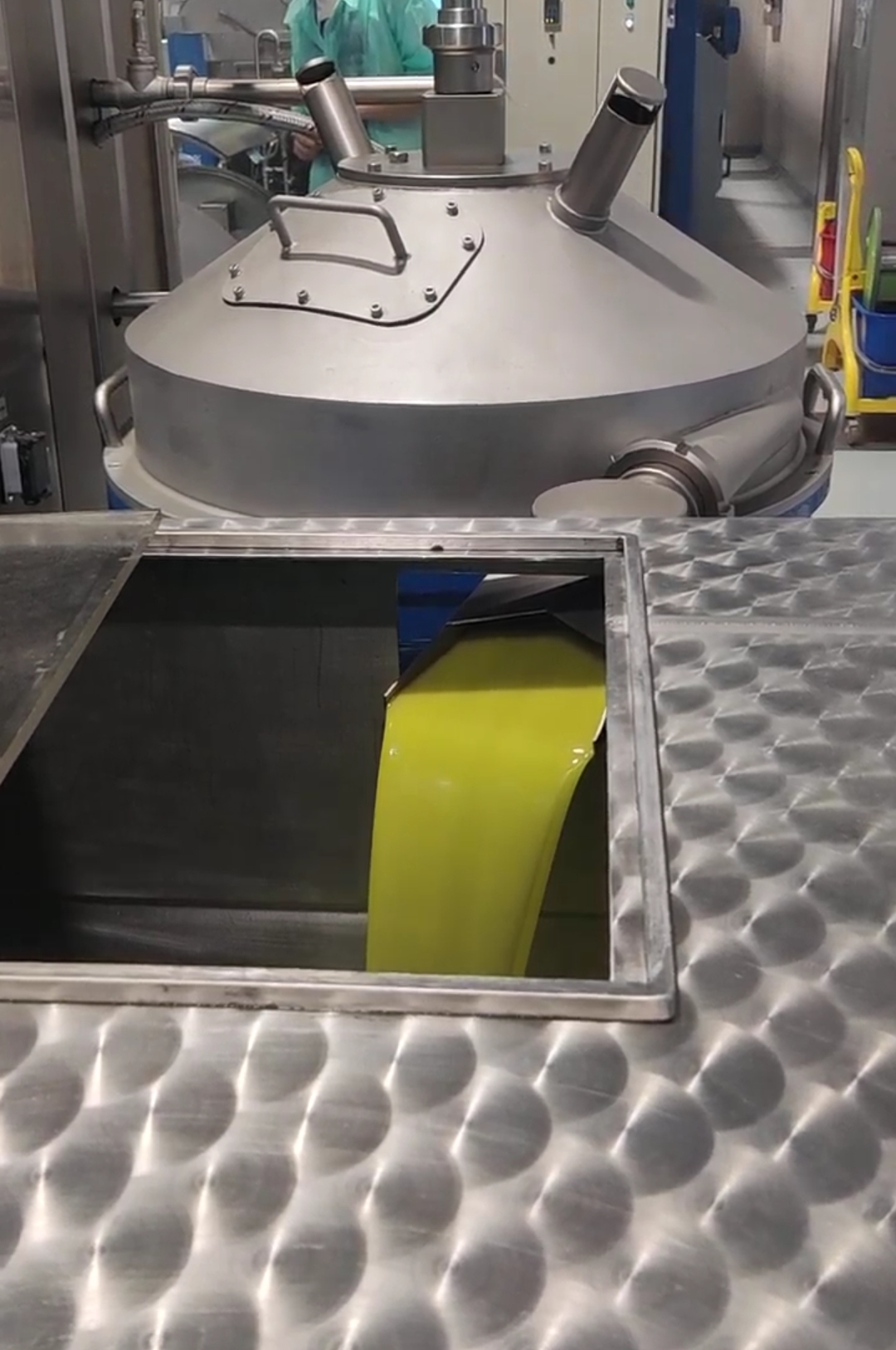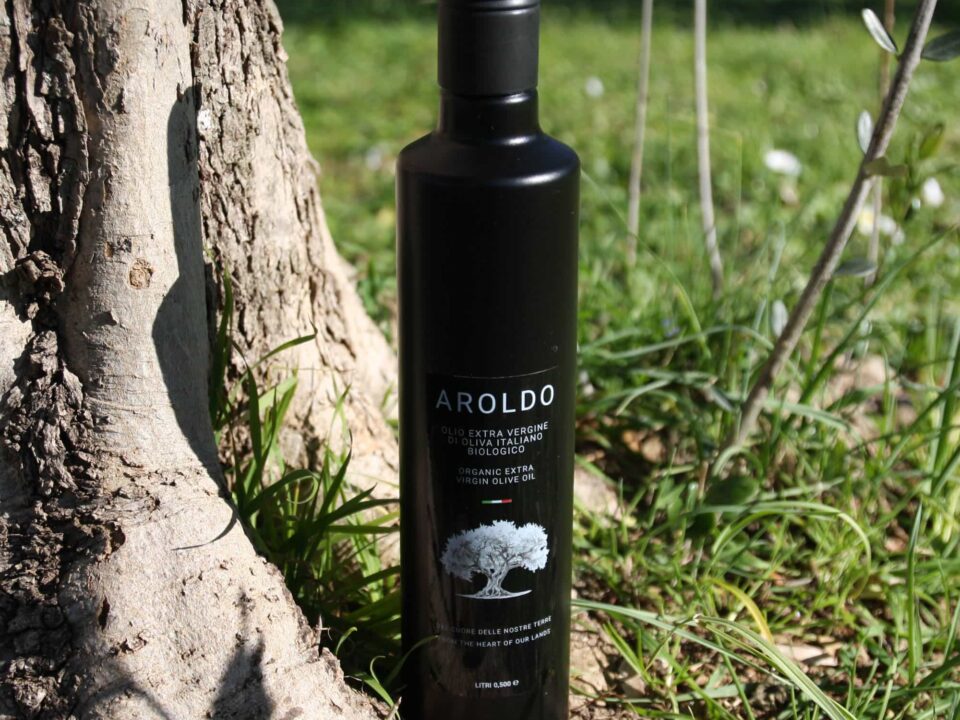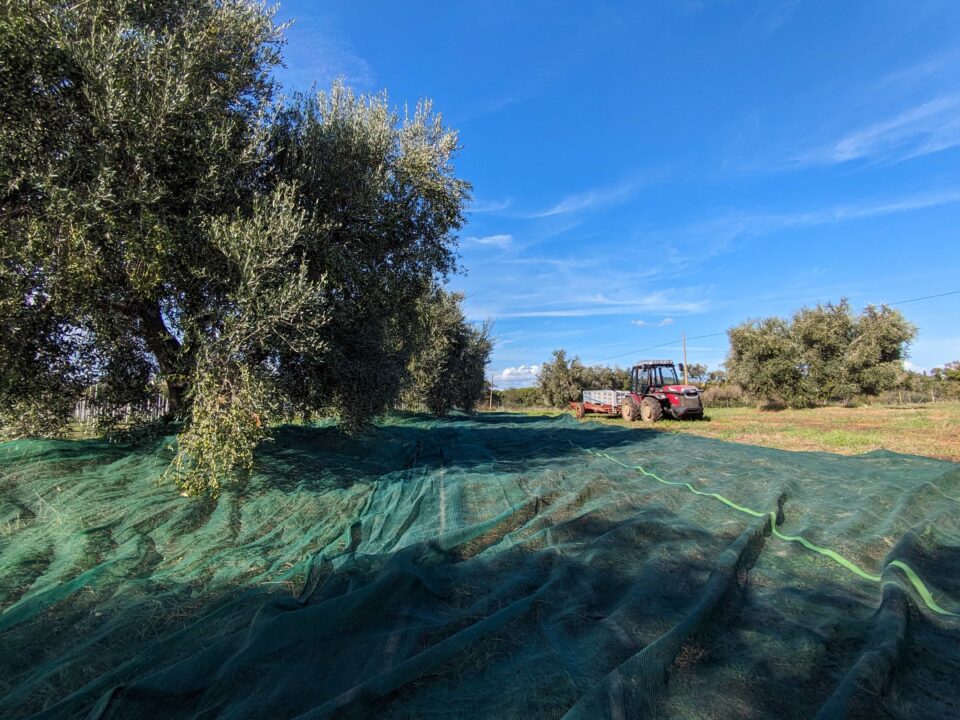How do you recognize a good extra virgin olive oil?

Extra virgin olive oil is defined as a squeeze of 6/7 kg of olives per liter of oil, an operation called "milling", carried out with mechanical means without resorting to chemical procedures. Given that the counterfeiting of extra virgin olive oil is one of the most profitable scams on the gastronomic scene, especially oil of Italian origin is imitated on a global scale and in some cases is done in a completely illegal way, mixing it, refining it and passing it off as a product other than what it truly represents, it may be helpful to share some information first.
To have the scientific certainty that it is a counterfeit extra virgin olive oil, it is obviously necessary to resort to laboratory tests carried out by the competent inspection bodies in the matter. It should be remembered that an oil, to be defined as extra virgin, must be produced with mechanical processes and cannot have an acidity higher than 0.8%. Virgin oil, on the other hand, can reach 2% acidity.
However, the consumer can proceed independently with an olfactory investigation, of the color, of the appearance, of the ethics and of the price.
Here are 3 factors that help us recognize the real extra virgin olive oil:
VIEW
If there are no counterfeits, green indicates that the oil comes from unripe olives. The bright yellow that the oil comes from ripe olives. The orangey and transparent yellow that the oil comes from poor quality olives. If it has no density, it could be old or altered oil.
TASTE
The taste of a good extra virgin olive oil must be slightly bitter and slightly spicy. The hints of a good extra virgin give the perception of fruitiness which, depending on the ripeness of the olive and its varieties, can be intense, medium or sweet.
SMELL
A good extra virgin olive oil must have the characteristic smell of fresh olives. An odorless extra virgin olive oil is either counterfeit or old. The quality extra virgin olive oil emits a scent of freshly cut grass. An oil that emits a stuffy smell is oil from olives in bad condition or poorly preserved.
HOW TO RECOGNIZE A COUNTERFEIT EXTRA VIRGIN OIL
To be sure that you have purchased a high-quality product, you can obtain a lot of information by reading the label directly. The PGI brand, for example, is the acronym for Protected Geographical Indication. If this wording is present, it means that the oil is of certain origin. The label may contain other descriptions concerning the organic production method, the origin of the raw material, the use of particular cultivars, the region where it is produced and bottled. One indication to look for on the label is that of "cold pressing". The cold pressing process delivers higher quality oils, i.e. richer in polyphenols and vitamins, compared to the others. The other quality index is the expiration date since the extra virgin olive oil keeps its properties unaltered for a long period: about 18 months from packaging.



